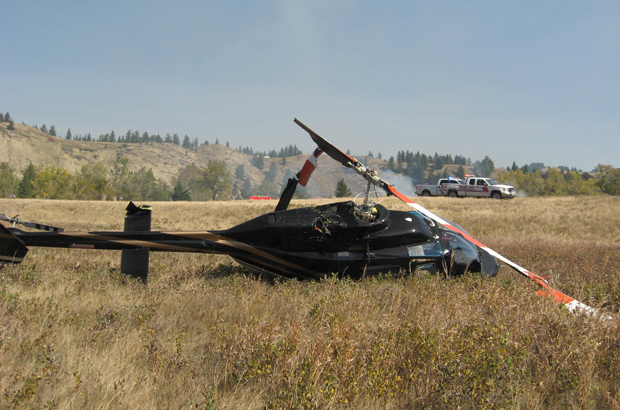By Bob Weber, The Canadian Press September 20, 2012 5:56 AM
Enbridge hasn’t done enough research to properly estimate the environmental cost of its proposed $6-billion Northern Gateway pipeline and has even worked to block studies from being done, hearings into the proposed project heard Wednesday.
“They haven’t done the studies that are necessary to truly understand the impacts of these projects on coastal First Nations and the ecosystems they rely upon, not only for salmon, but for all the resources along the whole of their territories,” said Brenda Gartner, who represents aboriginal groups along the British Columbia coast.
“When work is being done, they lobby against that work proceeding,” she said outside the hearing.
Gartner pointed to testimony from environmental economists hired by Calgary-based Enbridge, who acknowledged they were unable to directly estimate environmental costs outside the immediate pipeline corridor.
They also said they hadn’t specifically determined if there would be impacts on salmon habitat.
“I’m relying on Enbridge’s information and I do my analysis based on that,” said Mark Anielski, one of the consultants.
Enbridge official John Car-ruthers said the company had filed 20,000 pages of information.
“I believe that there is sufficient amount of information for the panel to make a decision,” he said.
Gartner pointed to En-bridge’s involvement in the cancelling of an agreement between the federal and provincial governments, First Nations and conservationists that was to balance environmental concerns with economic development along the B.C. coast.
“Why was it that Enbridge lobbied the federal government to cancel the (Pacific North Coast Integrated Management Area)?” she asked.
Carruthers denied Enbridge wanted the effort blocked. However, he acknowledged the company lobbied the federal government.
“We had concerns about where some of the money was coming from.”
Ottawa ended the agreement it had with the other parties and returned an $8-million grant from Tides Canada, a non-profit group that would have funded the effort.
The federal government is now handling the coastal management effort on its own.
© Copyright (c) The Calgary Herald
